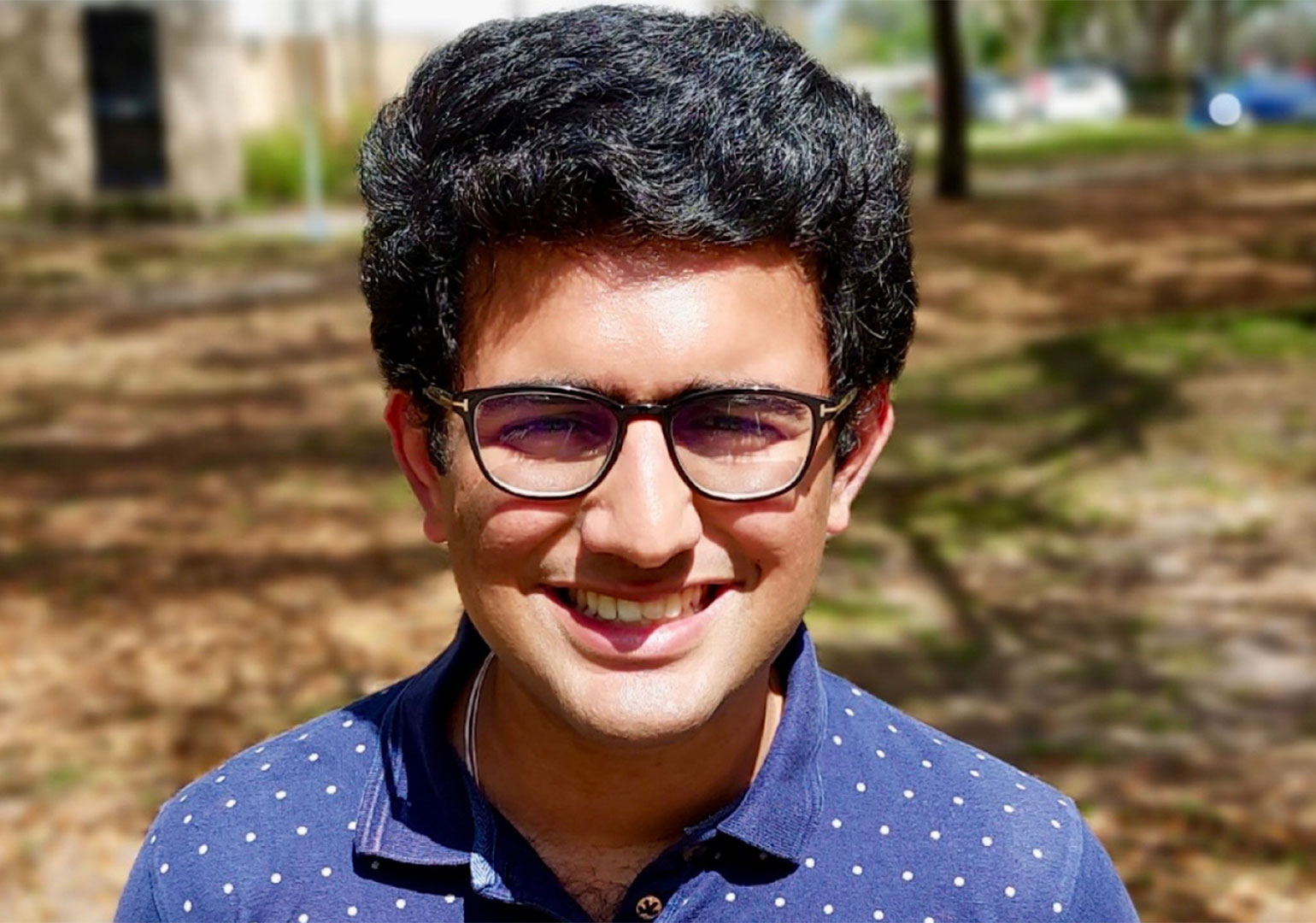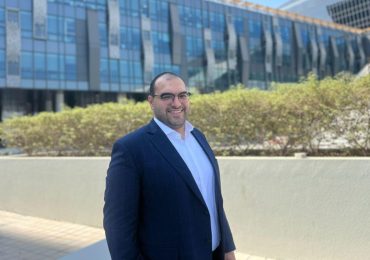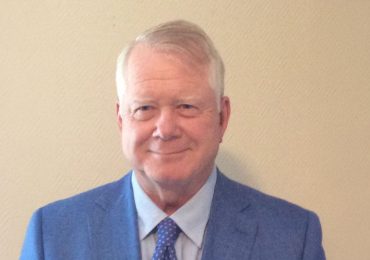Photo Courtesy of: Siddhant Raman
During a recent visit to Oracle’s campus in the San Francisco Bay Area, California, software engineer Siddhant Raman outlined how a new AI model could improve fraud detection while maintaining transparency. He focused primarily on designing systems that regulators and the public could understand while considering technical metrics. It was a snapshot of the tech sector’s direction: toward robust and explainable systems.
Raman, who studied computer science at the University of South Florida and now works on large language model systems at Oracle, joins a growing group of engineers whose technical training and understanding of automation’s broader impact shape their work. His academic background includes a 3.85 GPA and a minor in mathematics, and his professional experience spans roles starting from Informatica and currently at Oracle, where he has helped deploy enterprise-scale AI systems. In addition to his engineering work, Raman has served as a judge at AI hackathons hosted by UC Berkeley, UC Santa Cruz, UCLA, and UC Davis, where he evaluates projects at the intersection of innovation and ethics.
Building Transparent Systems from the Ground Up
Global AI investment reached $93.5 billion in 2021, according to the Stanford AI Index Report, and the market is projected to grow to $294.8 billion by 2026, more than tripling its 2021 value, according to BCC Research. However, as adoption accelerates, so do concerns about bias, opacity, and lack of oversight. Governments in Europe, Asia, and North America are developing frameworks to hold AI developers accountable for their systems’ decisions.
Researchers have cited Siddhant Raman’s work over 100 times, per his Google Scholar profile. He argues that ethical design must be fundamental from the beginning. His frameworks embed interpretability, fairness, and bias mitigation directly into the model architecture instead of treating explainability as an add-on. These principles are especially relevant in healthcare and finance, where opaque systems can lead to real-world harm and regulatory violations.
Understanding Culture as Well as Code
His experiences in India and the United States shape Raman’s perspective. His cross-cultural background informs his understanding of how AI must adapt to local regulations, languages, and social norms. At Informatica, and now at Oracle, his work has focused on designing systems that process unstructured data across multiple languages and cultural contexts, an increasingly essential capability for global companies.
The models he has helped build go beyond translation. Engineers train them to interpret linguistic nuances and contextual signals that affect meaning. These features are particularly valuable when developing systems operating in sectors where communication subtleties, such as legal compliance or public health, matter.
Ethics, Scale, and Efficiency in One Framework
Raman’s recent work additionally addresses practical deployment challenges. His contributions to multi-cloud deployment tools aim to help organizations scale AI systems while staying within budget and maintaining compliance. Responsible AI, in his view, must be technically feasible as well as philosophically sound.
While he maintains confidentiality about the companies applying his methodologies, the citation record for his trade publications indicates broad international interest. Researchers in Europe, Asia, and Latin America have referenced his work on fraud detection and bias mitigation. His focus on explainability has attracted attention from developers creating systems for regulated industries and consumer-facing technologies.
Where the Industry Is Heading
Raman’s career points to a larger shift within AI development, a move away from performance-driven metrics alone and toward systems that meet legal standards, gain public trust, and reduce social harm. According to Deloitte’s 2024 study, 89% of C-level leaders say ethical AI governance drives innovation, and 77% report stronger workforce readiness, linking transparency to long-term performance. His work aligns with this trajectory. By emphasizing interpretability and fairness alongside efficiency, Raman represents a type of technologist whom companies increasingly demand and who can simultaneously build systems that meet technical and ethical expectations.
A Measured Vision for the Future
AI systems now extend beyond technical infrastructure. They shape decisions in employment, credit access, education, and healthcare. Engineers must now design them responsibly. Raman’s work stands out for demonstrating how existing tools can be deployed more thoughtfully across cultural and institutional boundaries rather than reinventing algorithms.
His contributions focus on the practical choices engineers and organizations must make today instead of speculating about AI’s future potential. He addresses clear questions. Can we explain how decisions are made? Can we reduce harm? Can we ensure systems work for everyone?
He argues that better design provides the answers. Achieving this requires more than technical skill; it calls for discipline, restraint, and a clear understanding of whom technology is meant to serve.”Good AI does not just work – it earns trust,” Raman says. “I want to help build systems that make sense to people, not just machines.”
















